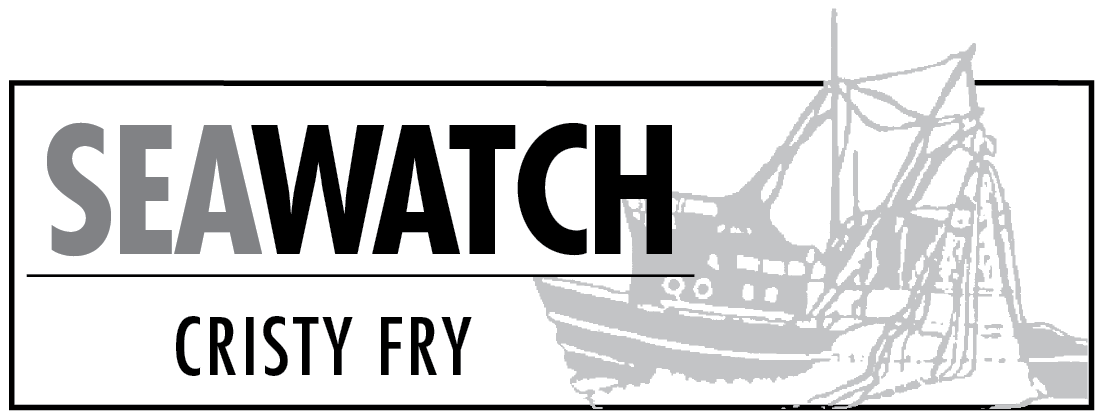NOAA is celebrating the 40th anniversary of the Endangered Species Act.
President Nixon signed the ESA into law on Dec. 28, 1973. Congress understood that, without protection from human actions, many of our nation’s living resources would become extinct, according to NOAA.
There are approximately 2,100 species listed under the ESA. Of these species, approximately 1,480 are found in part or entirely in the United States and its waters; the remainder are foreign species.
NOAA asserts that today the ocean is a very different place than it was 40 years ago.
“Thanks to the ESA, we now understand many of the threats faced by marine and anadromous species and are bringing them under control,” NOAA writes on its website. “The populations of many listed species are increasing, aided by our recovery efforts and time.
“Still, the populations of many species continue to decline and many more species are being listed. NOAA Fisheries scientists are developing the next generation of ocean observing systems, which will give us increased awareness of what’s going on in the ocean, adapt our management, and respond to challenges of a changing climate. We will continue developing new technologies and management approaches, and our work with national and international partners, to ensure the ESA remains effective in an interdependent, rapidly-changing world.”
In its 40 year history, the ESA has helped recover more than 30 species, and saved many more from extinction.
NOAA invites readers to share what the ESA means to them on Twitter, using #myESA.
Many fishermen in Alaska have ambivalent feelings or worse about the act, mainly due to protections in place for Stellar sea lions that restrict fishing and vessel travel.
A fish familiar to many black cod fishermen is getting protection from federal fisheries managers: the grenadier.
Grenadiers are a deep-sea species related to cod and hake, and occur worldwide. Also known as “rattails,” they are especially abundant in waters of the continental slope, but some species are found at abyssal depths.
At least seven species of grenadiers are known to occur in Alaska waters, but only three are commonly found at depths shallow enough to be encountered in commercial fishing operations or in fish surveys, mostly giant grenadier.
Although they have no commercial value, an average of 16,000 metric tons are caught as bycatch annually and mostly discarded, although some get used for fish meal.
As part of a tentative plan put forth by the North Pacific Fisheries Management Council last month and due for final action in February, grenadiers would be formally monitored as a part of the marine ecosystem supporting the nation’s largest fish harvests.
Currently grenadiers fall under the broad “other species” in the federal playbook, and receive no monitoring or protections.
Although giant grenadier do not appear to be over-fished at present, their slow growth, longevity, and deep-sea habitat make them particularly vulnerable to overfishing.
They live to be about 50 years old, and do not reach sexual maturity until about age 20.
The Alaska King Crab Research, Rehabilitation and Biology program has king crab on display at the Alaska Sea Life Center in Seward.
AKCRRAB researchers collect female crabs from the field each year to raise their young at the hatchery. One advantage is that since the female selects her mate in the wild, the larvae produced are not domesticated.
AKCRRAB research biologists donated female red king crabs from Kodiak and blue king crabs from St. Matthew Island to the ASLF in summer 2013 after the larvae hatched.
The larvae were used in larval and juvenile rearing experiments, including the first experimental release in Kodiak in fall 2013.
The adult female blue king crabs are now housed in an exhibit at the ASLF that features several species found in the Bering Sea. The adult female red king crabs are in holding tanks at the ASLC for use in a future display and can be viewed during behind-the-scenes tours.
Adult female red king crabs from Juneau, also collected for AKCRRAB research, were donated to the Living Planet Aquarium in Sandy, Utah, outside of Salt Lake City. A new 1,800 gallon exhibit starring Alaska king crabs is slated to open there this month.
These adult crabs are serving an important educational role in Alaska and Utah. AKCRRAB leaders plan to continue partnerships with public aquaria in this important outreach effort.
Scientists involved in AKCRRAB research highlight their work each month in a newsletter called AKCRRAB News Flash, found at http://seagrant.uaf.edu/research/projects/initiatives/king-crab/newsflash/.
Subscribers will receive the newsletter electronically, and recent issues are posted at the site.
Russian veterinarians who recently returned from a visit to Norway are unsatisfied with the Norwegian state system of food safety control and want to stop all import of fresh fish and fish products from the country, according to the Barents Observer.
Two-thirds of the nearly 300,000 metric tons of salmon eaten in the U.S. is farmed, imported mainly from Norway, Chile and Canada.
The Federal Service for Veterinarian and Vegetation Sanitary Supervision (Rosselkhoznadzor) wants to put a total embargo on salmon from Norway from January 1 or even earlier.
According to vet Aleksey Alekseyenko, Norway has a lousy system for quality control and food safety, which has allowed for low-quality fish to enter the Russian market.
Commenting on a similar threat from Russian authorities in July, a regional representative of the Norwegian Food Safety Authority said, “Norway exports salmon to 120 different markets, but it is only the Russian market which presents this kind of characteristics of the Norwegian fish.”
In 2006, Russia banned the importation of Norwegian farmed fish due to high levels of heavy metals.
Cristy Fry has commercial fished out of Homer and King Cove since 1978. She can be reached at realist468@gmail.com.


